Summary
- JoJo’s Bizarre Adventure openings have custom-made music, adding to the series’ iconic atmosphere. (120)
- The visuals in the openings, done by a CGI specialist studio, perfectly convey the unique style and narrative of each arc. (120)
- Villains invading the openings mark crucial story moments, adding a unique twist to the series’ iconic opening sequences. (120)
For an anime franchise as successful as JoJo’s Bizarre Adventure, it’s hard to pinpoint one specific thing that made it so famous. The JoJo’s art style, overall atmosphere, and mix of goofy humor and incredibly dramatic and hard-pounding suspense is what hooks most people in at first. But sooner than later people are prone to check out the series’ openings, and they are met with one of the most important things done in the anime.
The JoJo’s Bizarre Adventure openings are some of the most creative and visually evocative seen in the medium. Let’s take a closer look at why these intro sequences have become so beloved by anime fans.
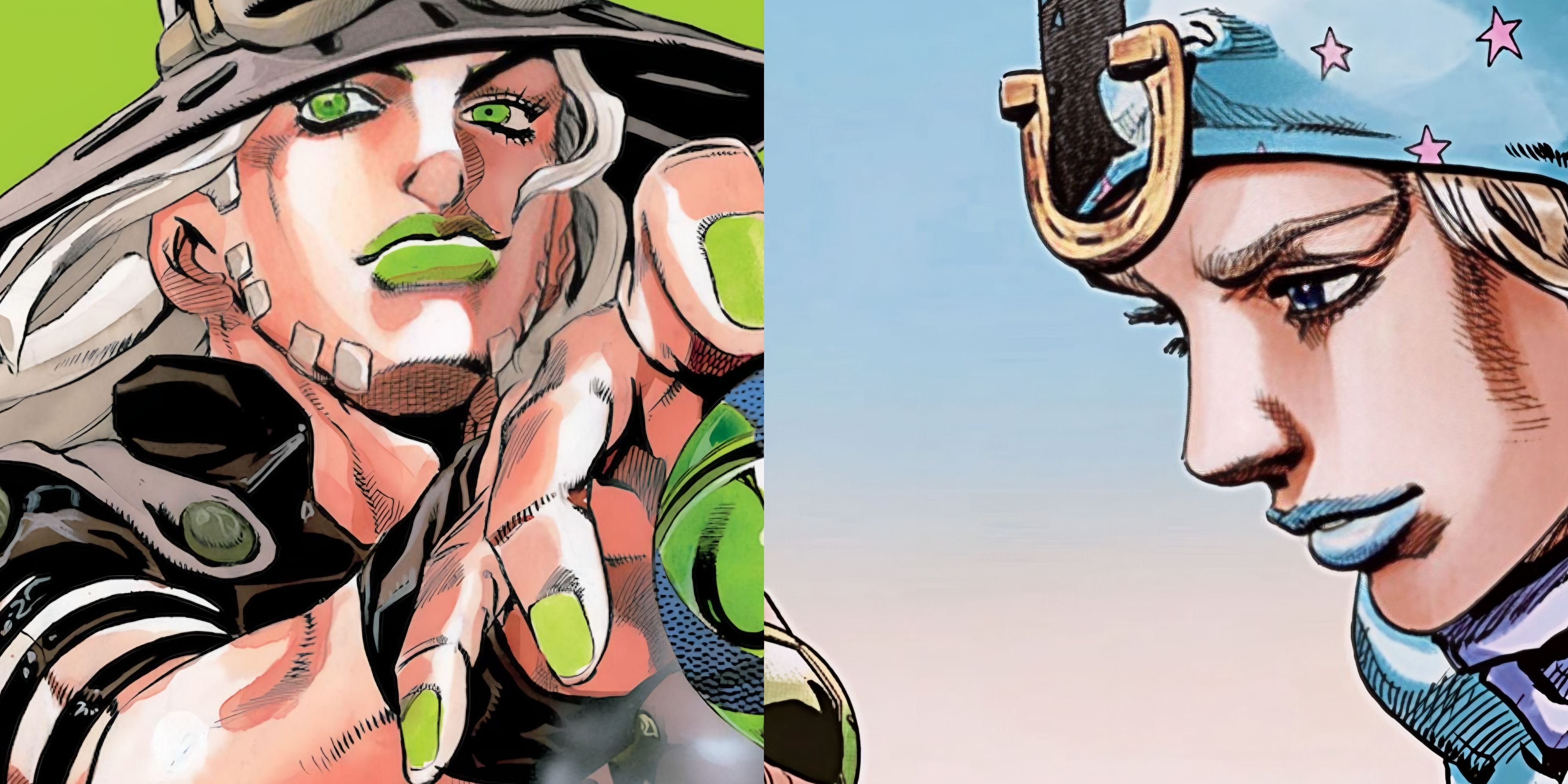
Related
JoJo’s Bizarre Adventure Might Finally Announce Steel Ball Run In 2025
An announcement related to the Steel Ball Run anime seems to be on the cards.
Exciting music
The Sound of JoJo
Most of the time in anime, musical themes for openings are not made specifically for the show but rather pulled from a pool of available and upcoming songs from famous artists. In the case of JoJo, all of its musical themes for the openings are made specifically for the show. And this is apparent in the lyrics and the overall feel of the songs used for each arc. “JOJO ~Sono Chi no Sadame~” by Hiroaki Tommy Tominaga has become an iconic opening theme in the world of anime thanks to its bombastic sound and instantly recognizable melody. Its closing lyrics, calling out the name of the titular protagonist, have become a staple for musical cues.
“Bloody Stream” by coda is perhaps one of the most popular anime opening scenes in recent years. Its funky and exciting beat and coda’s soothing vocals perfectly accompany Joseph Joestar’s adventures. This song has also seen massive fandom popularity, which you can see on YouTube thanks to fan covers or even fan medleys by passionate artists.
” Stand Proud” by Jin Hashimoto is easily one of the most iconic songs in the series thanks to its adrenaline-pumping sound. Stand Proud embodies the spirit of Stardust Crusaders and Jotaro Kujo with its over-the-top manly atmosphere. It’s like a textbook example of an exciting and hype theme for an action series with powerful over-the-top men like the Stardust Crusaders.
In the second half of the Joestar Saga, the themes lean more into the art style and the atmospheric change seen in Hirohiko Araki’s evolution. “Crazy Noisy Bizarre Town” by The Du perfectly encapsulates the wacky and goofy adventures of Josuke and his friends, while “CHASE” by Batta shows the sudden turn in tone once the main antagonist makes his debut. “Great Days” signifies the optimism and kind spirit that defines the Morioh Warriors as they miraculously defeat Yoshikage Kira.
Both of Golden Wind’s themes embrace this dramatic, intense mafia story while also alluding to the religious symbolism that fills the arc. The intense journey of Giorno and his friends is perfectly captured in the extraordinary “Traitor’s Requiem” as they battle against fate itself. “Heaven’s Falling Down” represents the larger-than-life conclusion to the Joestar Saga with Jolyne’s battle against Father Pucci as well as paying tribute to every member of the family before her.
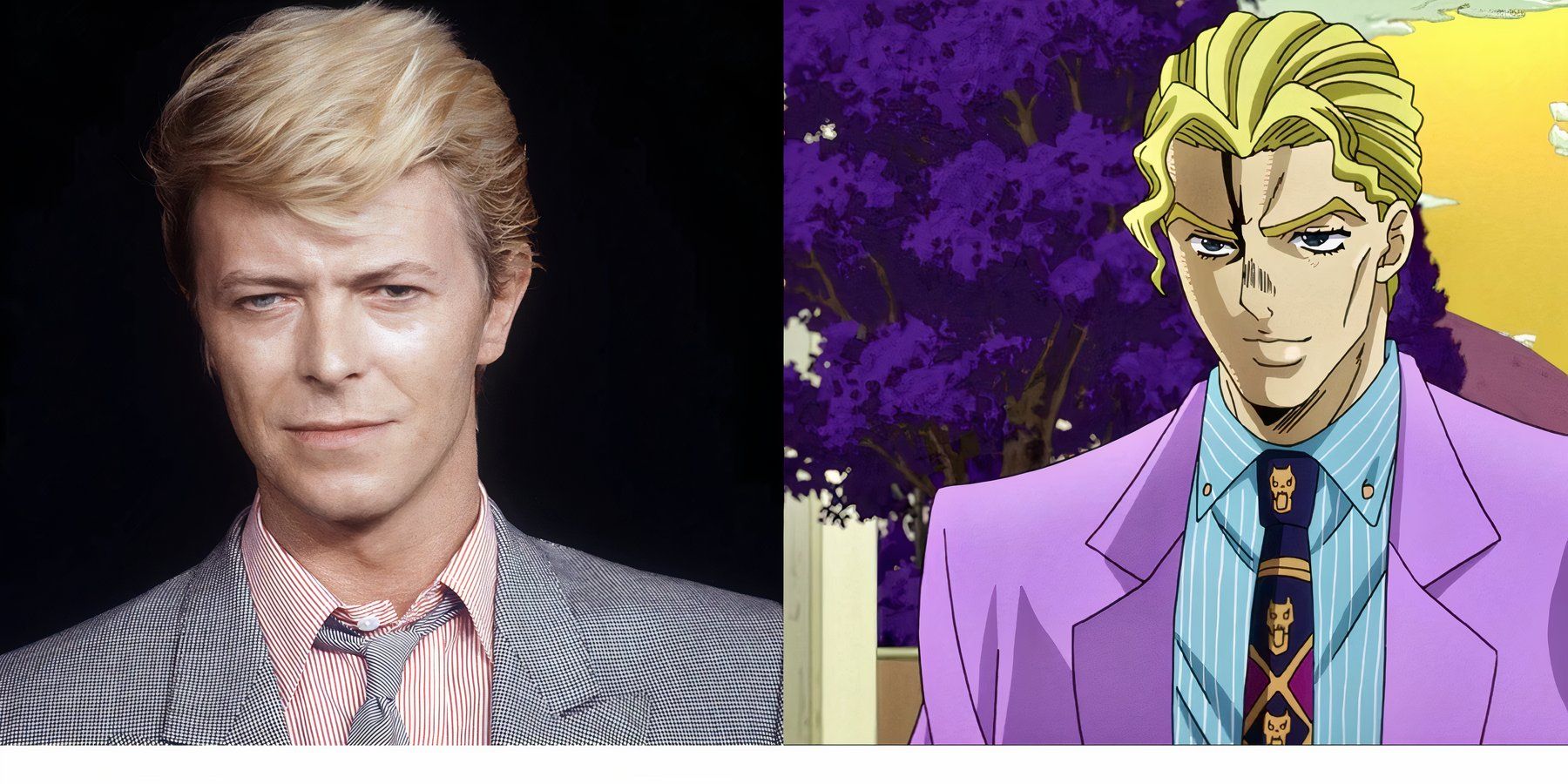
Related
JoJo’s Bizarre Adventure: The Inspiration Behind Yoshikage Kira
Diamond Is Unbreakable’s main antagonist was inspired by this legendary artist.
Visuals Like No Other
The Style of JoJo
About half of JoJo’s openings are animated by studio Kamikaze Douga. A studio that specializes in CGI animation. They perfectly translate the unique designs and feel of JoJo into CGI models and expertly crafted camera angles. The visuals of the openings convey with masterful direction the overall narrative of the corresponding arc. In the case of the Phantom Blood opening, the spiraling visuals to transition between the scenes gives that feeling of chaos and spiraling conflict that that befell Jonathan and Dio. Battle Tendency’s opening mixes the CGI models with stylish pop art visuals of colored silhouettes and symbols. The Stardust Crusaders’ first opening conveys a similar feeling to that of Phantom Blood with moving angles that transition between scenes of the Crusaders reaching for their enemy. The visual of Jonathan, Joseph and Jotaro remains an iconic shot for all fans of the series.
For parts four and five, however, the openings are animated in the conventional 2D style, which admittedly felt disappointing to many fans, and still all five openings are just as exciting and iconic in their own right. Great Days, the final opening of part four, conveys the feeling of Bites The Dust with the repeating sequence visuals for the Morioh warriors as they are all trapped in a time loop during the final arc.
Kamikaze Douga returns for the Stone Ocean openings, connecting Jolyne and her journey closer to the original Joestar trilogy. The first opening ties back to Phantom Blood’s with the circling transition for each scene. The use of circle transitions and static scenes portraying some of the most iconic moments of the part is a clear tribute to the first opening, as Jolyne and her story are the end of the original Joestar saga. Furthermore, Heaven’s Falling Down feels like the perfect closing chapter to the story that has been told since Phantom Blood and Jonathan Joestar. Portrayed perfectly with the final shot of Jolyne punching Father Pucci in a very clear tribute to Jonathan’s iconic shot. The JoJo’s Bizarre Adventure openings are visually appealing and self-referential and pay tribute to each other as they continue the theme of legacy and generational journeys that defined the Joestar saga.
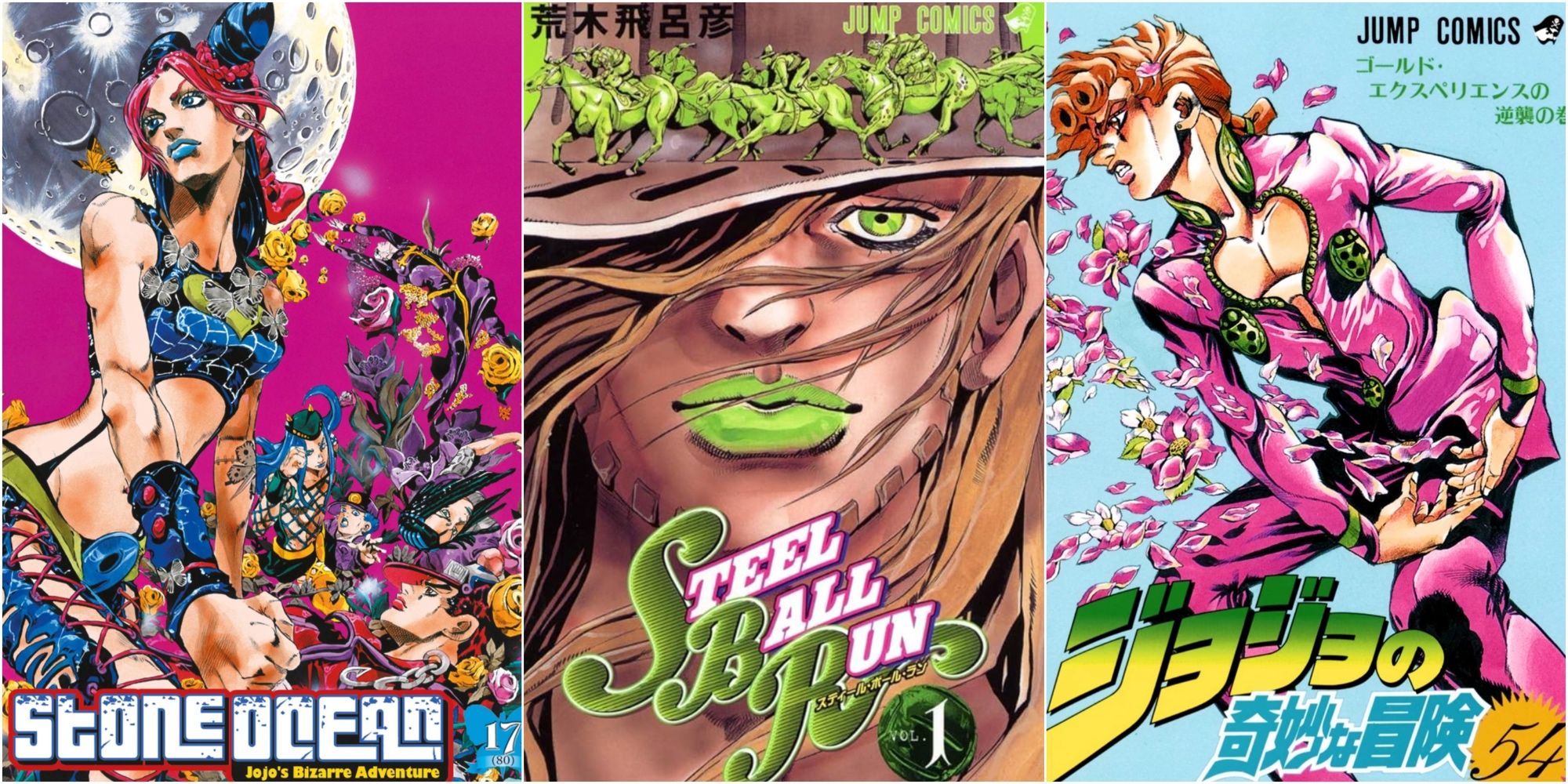
Related
JoJo’s Bizarre Adventure: 8 Best Manga Covers
Hirohiko Araki certainly knows how to grab a reader’s attention, especially through his vibrant and colorful covers for JoJo’s Bizarre Adventure.
The Villain Invasions
The Key Element
It is impossible to talk about the JoJo’s openings without mentioning the main reason why they became so popular. For each part starting with part three, once the final villain reveals their true power, they invade the opening to signify an important turn in the story as the final battle approaches. Dio Brando invades End of the World at the moment of Jotaro’s punch to stop time and confront the protagonist. The time stops freezing not just Jotaro but also the music as DIO walks past him as the music resumes, and they clash in a Stand Rush.
In part four Great Days is invaded and reversed by Yoshikage Kira and his Bites the Dust. Both the visuals and music are rewinded by Kira until the bravery and perseverance of the Morioh Warriors stops his attack and reaffirms the voice of love as the answer to Kira’s evil. Then in Golden Wind we get the invasion of Diavolo’s Epitaph and a sinister speech in Italian, Diavolo’s native tongue. A speech made purposely for the series, as it narrates Diavolo’s thoughts during the use of King Crimson. But as soon as Gold Experience Requiem is born, it stops and ambushes Diavolo’s invasion, as it reflects King Crimson back at him, stopping him from ever reaching the truth.
Heaven’s Falling Down may have the most emotionally charged change, as Father Pucci doesn’t necessarily invade the opening, but rather, the openings take fans for a ride through the generations of Joestars and the first ever sequence of the Phantom Blood opening. All ending with Jolyne and Pucci facing off as Stone Free punches Made in Heaven, paying tribute to Jonathan and Dio.
The JoJo’s Bizarre Adventure openings are the greatest example of how to do openings right. Excellent music tailormade for the series, creative and evocative visuals done by a specialized studio and that extra touch of uniqueness and innovation that David Productions came up with for the villain invasions. JoJo’s openings are nothing short of masterful.
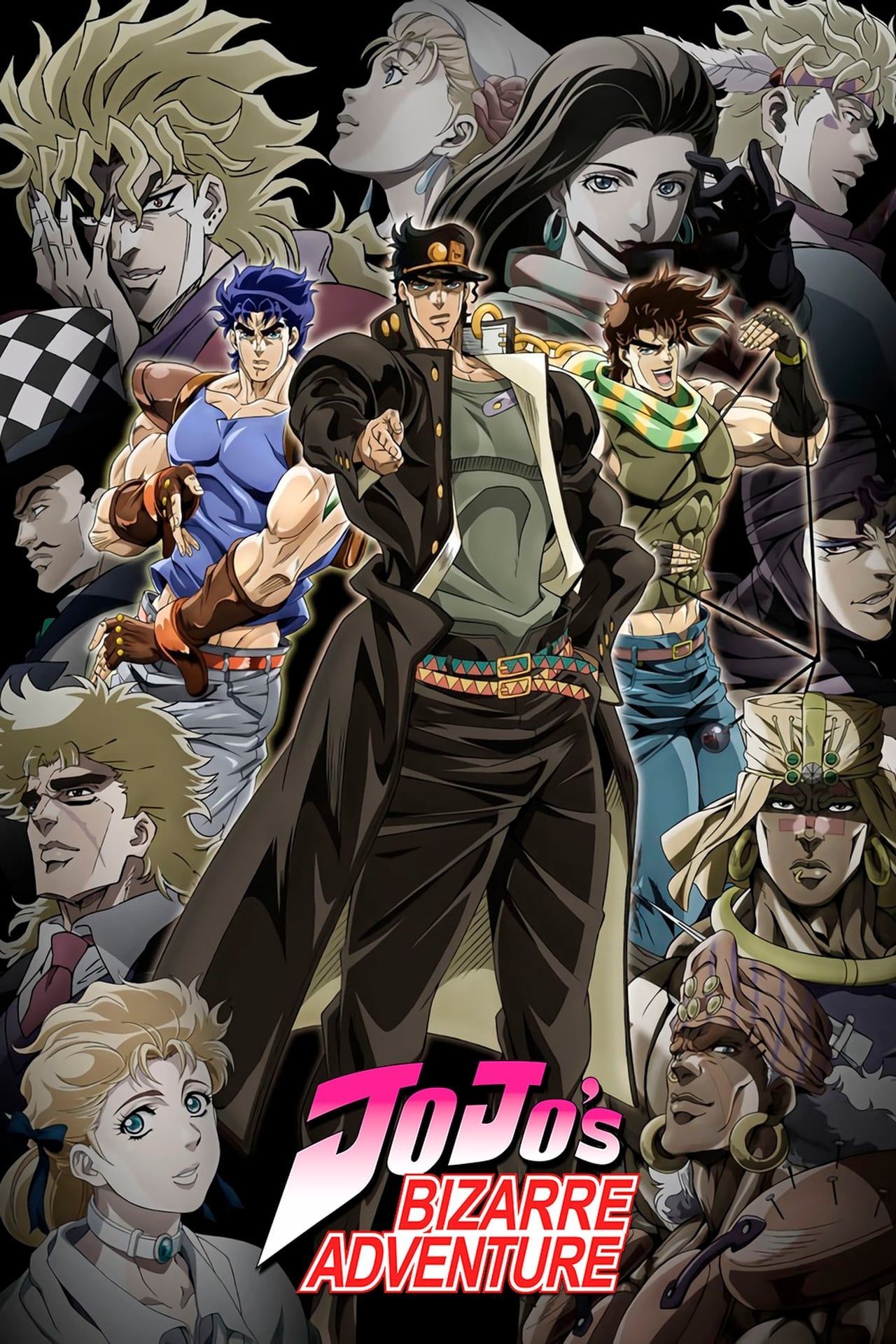
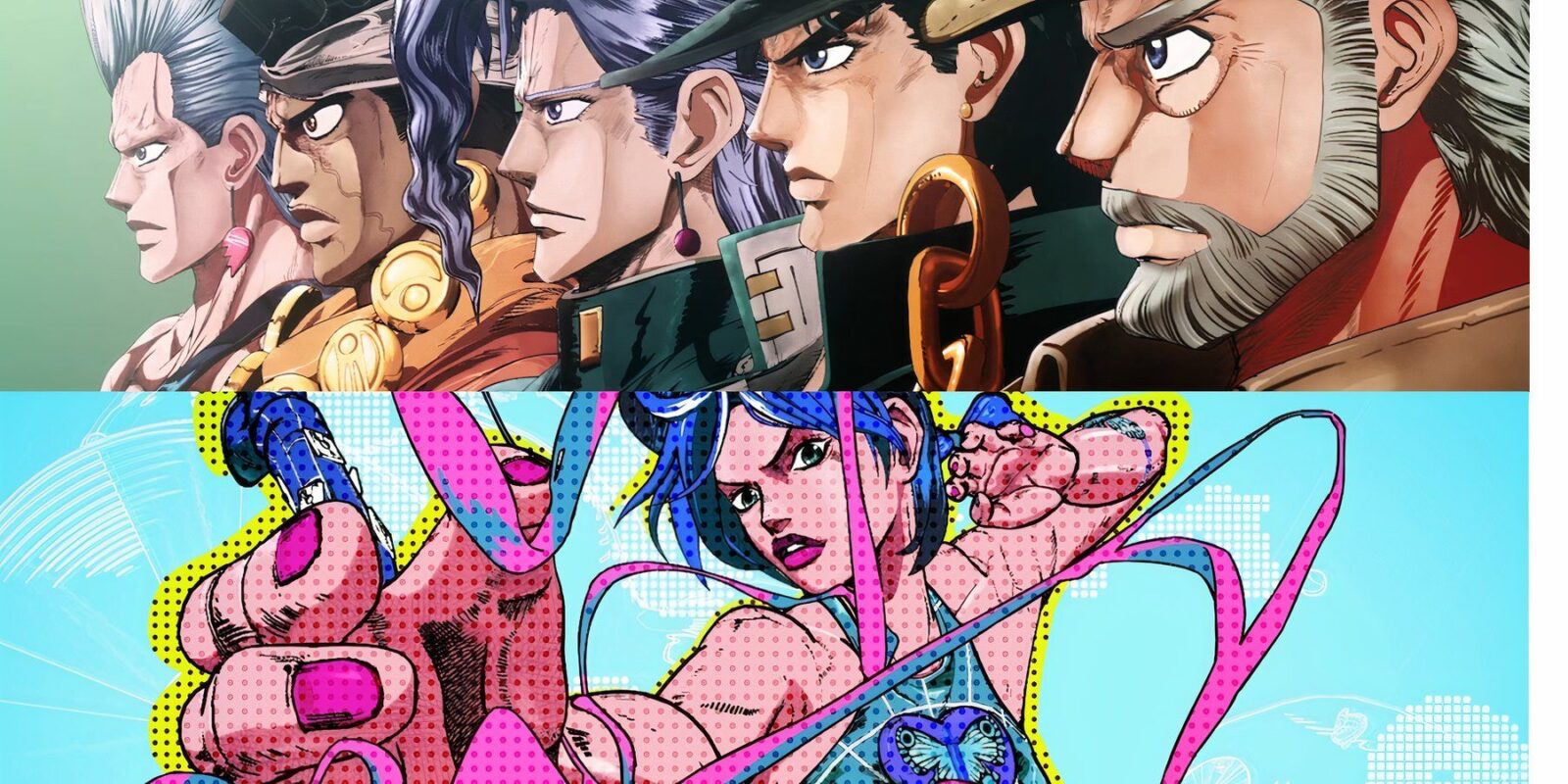
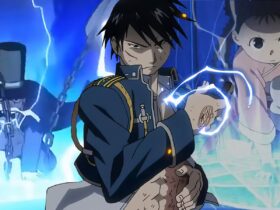







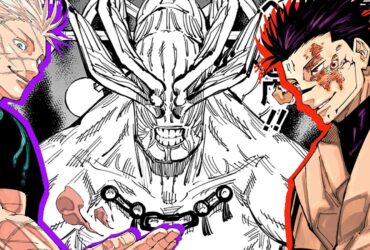
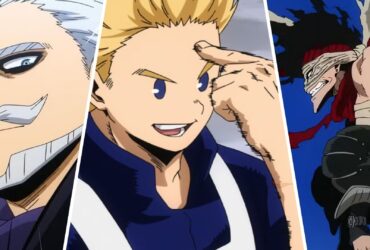
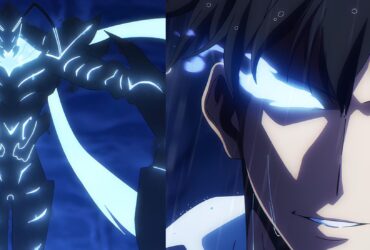
Leave a Reply